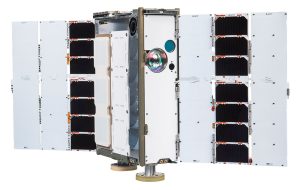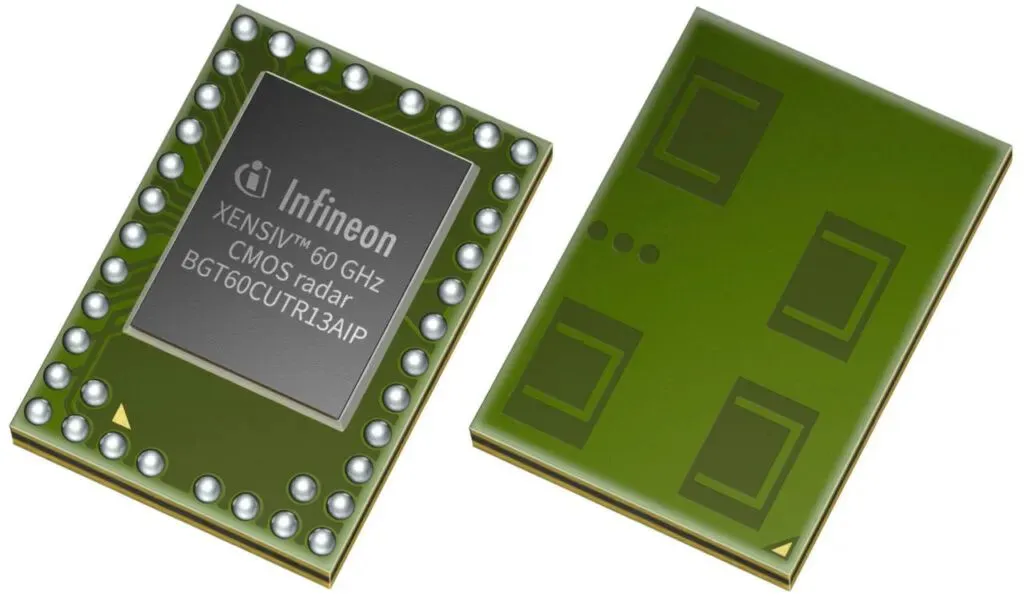
The 6U satellites, pictured, are equipped with optical communications terminals (OCT) to send information between themselves securely and reduce the latency of data acquired, says Spire.
As well as link speeds, they can improve security and resiliency to interference such as signal jamming and spoofing. They enable Spire’s satellites to be able to communicate via optical link while up to 5,000 kilometers apart.
The launch, on a Falcon 9, was SpaceX’s Transporter-8 mission – its eighth dedicated smallsat rideshare – which took off from Vandenberg Space Force Base in California, on Monday.
“We are celebrating the culmination of more than three years of work in creating one of the most complex systems from both the hardware and mission perspectives,” said Jeroen Cappaert, Spire chief technology officer and co-founder. “The use of optical links instead of traditional links leads to higher resiliency to interference, higher security, and higher efficiency.”
Spire says it is one of the first companies to successfully qualify and demonstrate optical inter-satellite link (OISL) technology on a nanosatellite. And this week’s launch follows an in-orbit technology demonstration where it demonstrated transmitting and detecting optical signals between two of its 3U satellites.
“We are one of the first to successfully qualify and demonstrate this technology in our satellite size and weight class – our part in a growing trend, as the space industry is moving to optical links as the backbone for sending data,” Cappaert added.
Glasgow
Note that the satellites were developed in Glasgow, which was highlighted by the UK Space Agency.
“The successful launch of these two Glasgow-made satellites from Spire Global marks a milestone, not just for the company, but for how we look at intersatellite communications and make these technologies more efficient,” said Craig Brown, Director of Investment at the UK Space Agency.
“The UK Space Agency provided £2.9 million towards the project, which includes five satellites across three launches, through the European Space Agency’s ARTES Pioneer Programme, dedicated to supporting new commercial opportunities in the telecommunications sector. We look forward to following the next steps of Spire Global’s journey and seeing the results.”
The technology development was funded partially through the European Space Agency (ESA) Advanced Research in Telecommunications Services (ARTES) Pioneer Programme and the UK Space Agency (UKSA).
WildFireSat

The contract forms the initial part of the mission, which aims to monitor from space, on a daily basis – via infrared sensors – all active wildfires in Canada. The goal is to better support wildfire management, provide more precise information on smoke and air quality conditions, and more accurately measure the carbon emitted by wildfires.
See also: Queen visits Spire satellite maker






